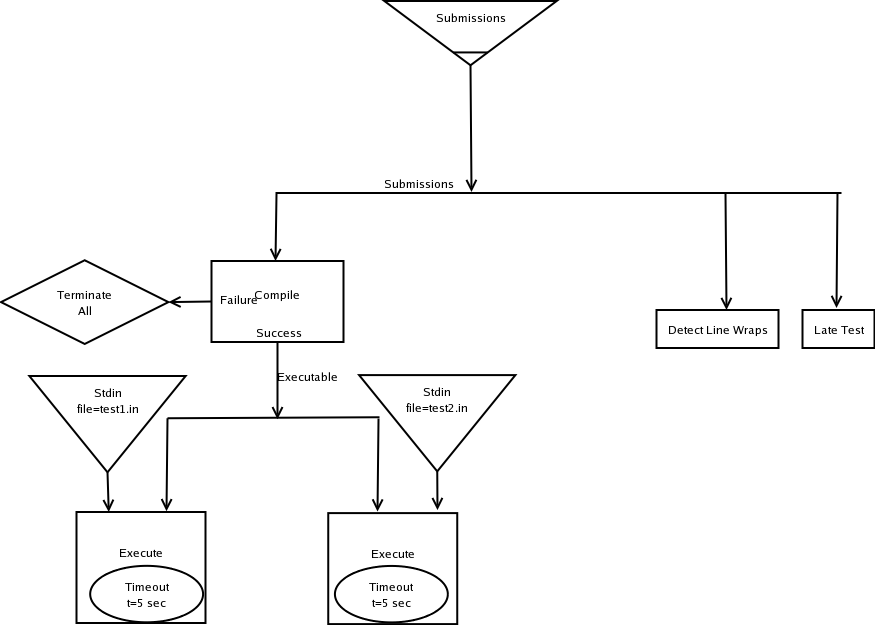



Next: Conclusion
Up: thesis
Previous: Development Methodology
Contents
As Agar approaches stability and a feature-set robust enough to stop
the flow of requests, the places where it falls short are becoming
more and more apparent. Some of the problems that are surfacing are
subtle effects of the choice of wxPython as the GUI platform for the
tool. Most notably, Agar fails to perform in one of our design
guidelines: since this represents an entirely new kind of tool there
is almost certainly going to be a large discrepancy between the
user-model and program-model of behavior. To minimize this effect,
the behavior of the system must be as transparent as possible.
Unfortunately, within the wxPython widget paradigm, there is little
that can be done to mitigate this elegantly. A fundamentally
different interface design is necessary. If the interface is to be
thrown out, it represents an opportunity for change in terms of
separation of interface from functionality, increased testability, and
better software engineering practices. Within the next 6 months we
hope to begin work on Agar2, which will be a significant departure
from the existing paradigm in terms of interface and usage metaphor,
and will take advantage of all of the lessons that have been learned
in the development and deployment of Agar over the past year. The
core ideas in Agar2 will include
- A more concrete program metaphor. Agar meets Bruce ``Tog''
Tognazzini's definition of a Graphical interface rather
well [21]. Much better would be meeting Tog's guidelines for a
``Visual'' interface: an interface where the application has a clear
metaphor which is clearly and consistently communicated with the
user through multiple channels (text, graphics, etc).
- A more robust system for combining tools into rubric tests,
even at the expense of the simple tool interface. Users do not want
to engage in tool development as a first step in grading. When
faced with that, they will (historically) choose to
grade manually even if the net time spent on the task is possibly
greater.
- A more transparent testing phase. Currently Agar gives no
more information than displaying the username of the submission
being tested. Showing the exact flow of information and series of
tests that are triggered during an execution would decrease the time
required to debug a rubric.
- Tool ``mix-ins'': So many tools have demonstrated a need for
similar functionality (such as a timeout mechanism) that it seems
prudent to allow for functionality mix-ins to reduce code
replication.
- A proper separation of GUI and functional elements. One of
the properties that was lost in the organic development of Agar is
the separation of functionality from interface elements. Without
this separation, regression testing is almost impossible. With it,
the interface becomes just another modular component, allowing for
greater flexibility in interface.
As a proposed system model, a flow chart with labeled and color-coded
inputs and outputs would grant both greater flexibility and more
intuitive interface. A grossly simplified mock-up of what a rubric
could look like with such a system is shown in Figure 7.1.
Figure 7.1:
Agar2 Rubric Mock-up
|
|




Next: Conclusion
Up: thesis
Previous: Development Methodology
Contents
Titus Winters
2005-02-17
